Bad Air Filter? How to Know It’s Time for a Change
Driving with a clogged or damaged air filter feels like breathing through a straw. Your engine can’t get enough clean air, so power drops and fuel use goes up. In this guide we’ll show you the signs, why a fresh filter matters, and how to replace it without a trip to the garage.
Tell‑tale Signs of a Bad Air Filter
First, learn the symptoms. If you notice a rough idle, a sluggish acceleration, or the check‑engine light flickers, the filter might be to blame. You may also smell a dusty odor when the engine runs, or see black smoke puffing from the exhaust. These clues are easy to spot during a normal drive.
Another quick test is to look at the filter itself. Open the air box (usually a black plastic case on top of the engine) and pull out the filter. If it’s dark, gritty, or has holes, it’s time for a swap. A clean filter is light tan or white and looks fluffy.
Why a Fresh Filter Saves Money
When the filter is clogged, the engine works harder to suck air through the blockage. That extra effort burns more gasoline, which means higher fuel bills. A bad filter can also cause premature wear on spark plugs and the oxygen sensor, leading to expensive repairs down the road.
Most modern cars recommend changing the air filter every 12,000‑15,000 miles, but dusty roads, construction sites, or frequent off‑road trips can cut that interval in half. Checking the filter every few months is a habit that pays off.Replacing the filter is cheap – most filters cost between £5 and £15. If you’re not comfortable opening the engine bay, Northwich Tyres Centre can fit a new filter in minutes and give you a quick safety check.
Here’s a simple step‑by‑step:
- Turn off the engine and let it cool.
- Locate the air box (check your owner’s manual if you’re unsure).
- Undo the clips or screws holding the box shut.
- Pull out the old filter and note its orientation.
- Insert the new filter the same way, making sure it sits flat.
- Close the box, tighten the clips, and start the engine.
Listen for a smooth idle – that’s a good sign the new filter is doing its job.
If you notice any of the earlier symptoms after a replacement, double‑check the filter’s fit. A mis‑aligned filter can cause the same problems as a dirty one.
Beyond performance, a clean filter improves cabin air quality. Many filters double as cabin filters, trapping pollen and dust before they enter the cabin. Replacing both types together gives you fresh breath and a healthier engine.
Bottom line: a bad air filter is a cheap fix that stops bigger headaches. Keep an eye on your vehicle’s behavior, peek under the hood every few months, and swap the filter when it looks dirty. Your wallet and your engine will thank you.
Need a professional opinion or a quick replacement? Drop by Northwich Tyres Centre. Our team can check the filter, replace it, and run a full engine inspection to keep you safe on the road.
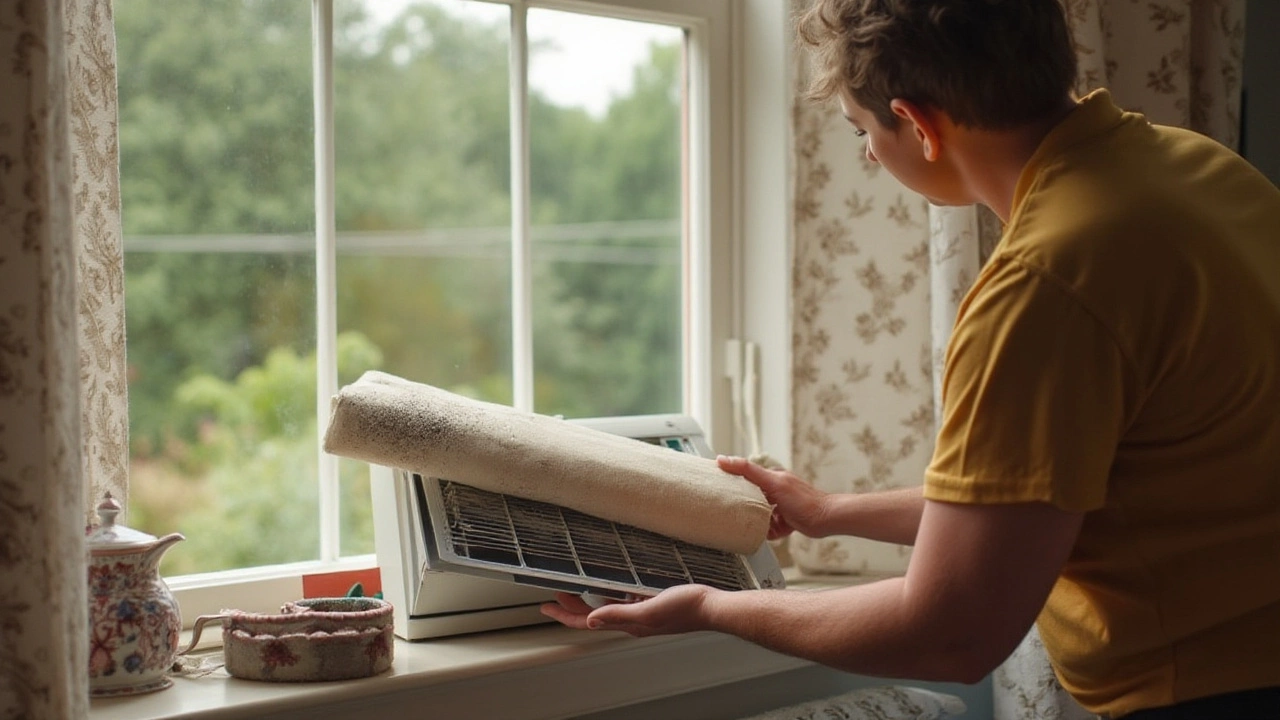 2 January 2025
2 January 2025
How to Identify a Faulty Air Filter: Simple Tips and Tricks
Discovering how to tell if an air filter is bad is crucial for maintaining a healthy indoor environment. Air filters play a vital role in trapping dust, allergens, and contaminants, preventing them from circulating in your home. This article will discuss common signs of a failing air filter and offer simple diagnostic tips. Learn how to check your air filter and understand maintenance schedules to ensure your HVAC system functions efficiently.

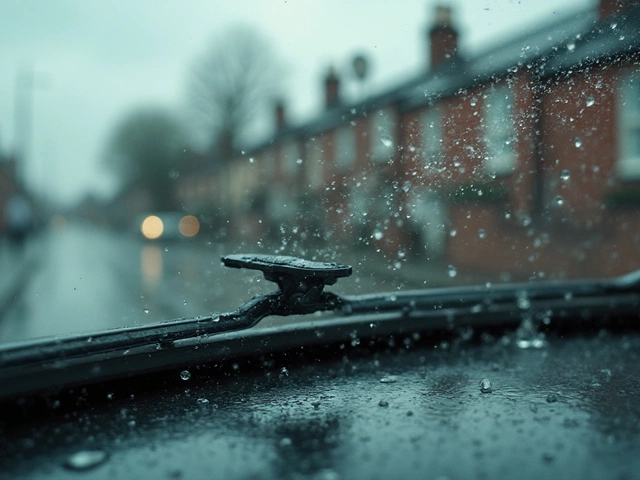
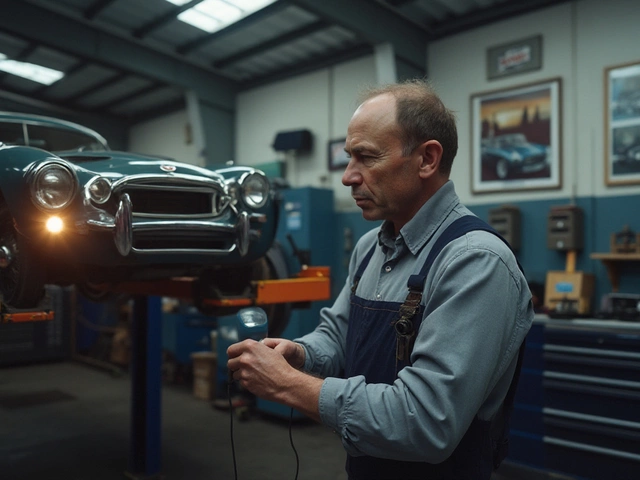

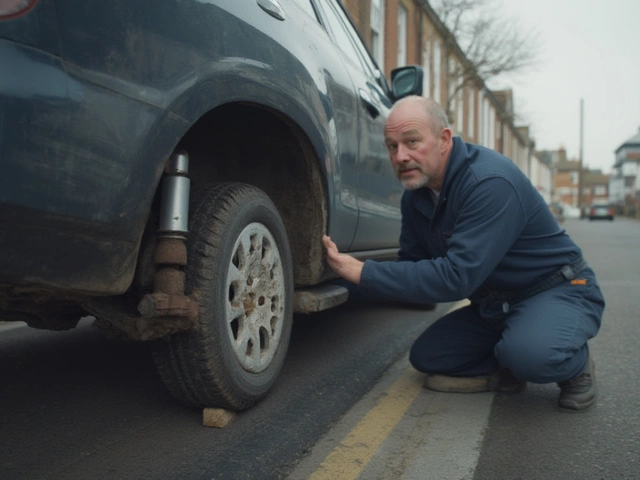
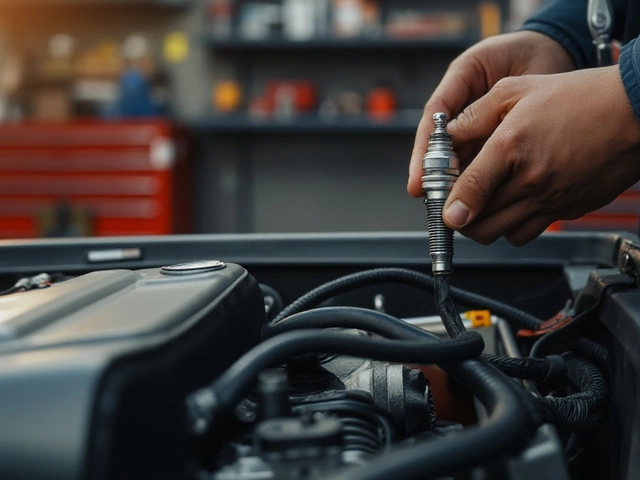
0